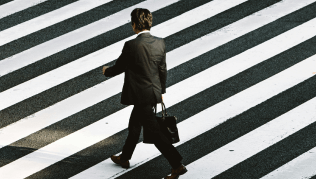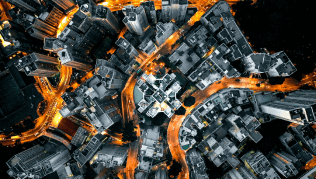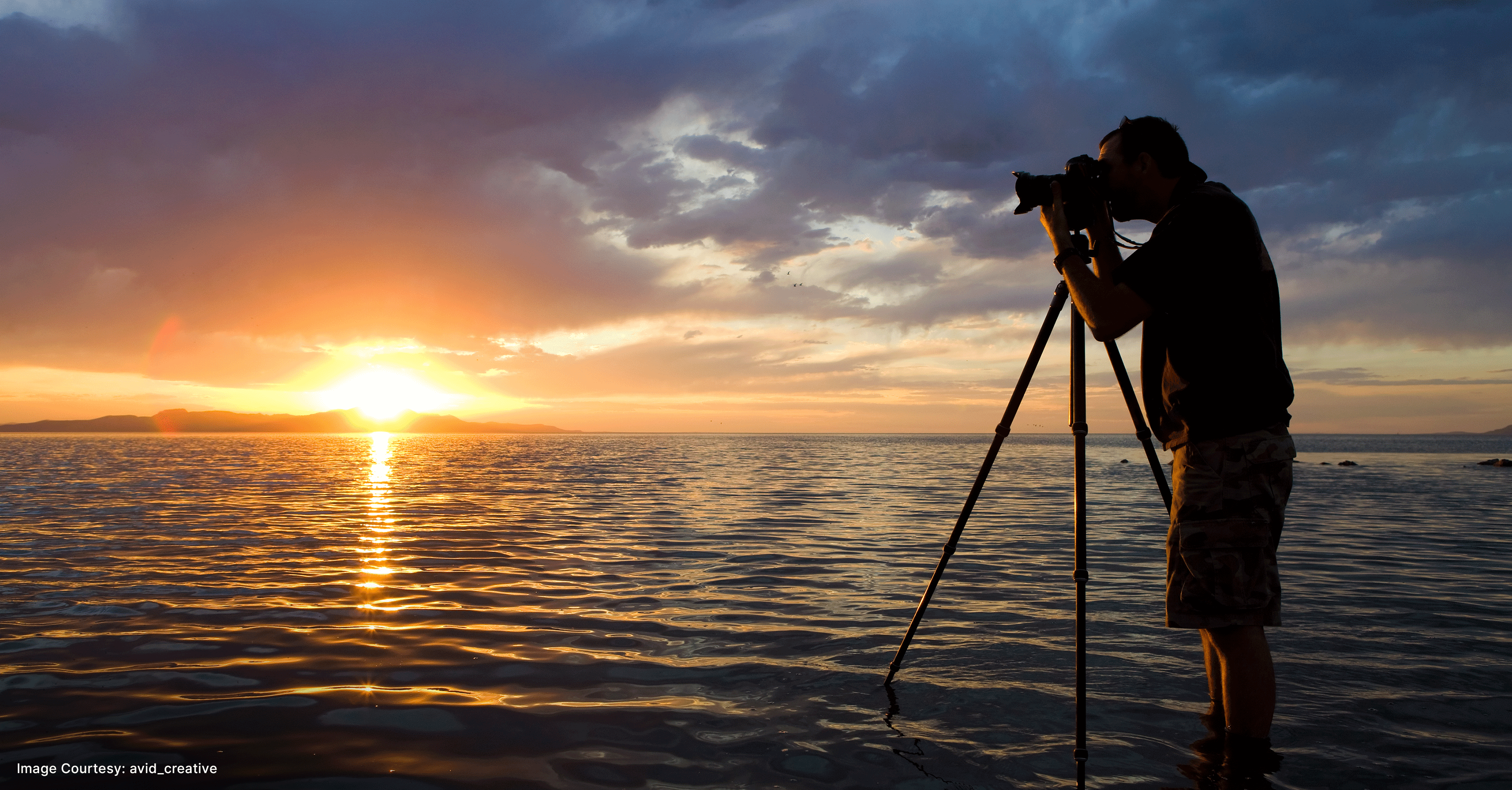Photography residencies have become essential in the creative growth of photographers, offering time and space to develop their craft, experiment with new ideas, and explore different themes. Residencies provide an immersive experience, giving photographers the opportunity to focus on personal projects without the distractions of daily life. But what can you truly expect from such a journey? What challenges and rewards await those who apply for and participate in these programs?
In this article, we’ll explore the elements that make photography residencies so valuable and walk through the different stages of a photographer’s residency experience. We’ll also share a first-hand (fictitious, yet illustrative) account of a photographer’s residency journey, offering tips and insights for those considering applying for one themselves.
Why Photography Residencies Matter
Photography residencies are designed to support creative professionals by providing them with the resources, environment, and guidance to push their creative boundaries. These residencies, hosted by museums, cultural organizations, or artist collectives, often focus on experimentation, innovation, and professional development. Here’s why photography residencies are crucial to an artist’s journey:
1. Creative Freedom
Photographers in residencies are given the time and freedom to explore new techniques and themes without the pressure of commercial deadlines. This creative autonomy allows photographers to delve deeply into personal projects that may otherwise be neglected.
2. Professional Growth
Residencies offer opportunities to network with mentors, curators, and fellow artists. These connections can lead to collaborative projects, gallery exhibitions, or future residency opportunities. The feedback and guidance received during a residency are invaluable for professional development.
3. Cultural Immersion
Many photography residencies take place in unique cultural settings—whether a remote natural environment or a bustling city—offering the chance to gain new perspectives and inspiration. Cultural immersion provides photographers with a broader understanding of their surroundings, leading to more thoughtful, impactful work.
What to Expect: The Stages of a Photography Residency
Participating in a photography residency can be a transformative experience. Below are the typical stages of a residency, outlining what you can expect from beginning to end.
1. Application Process
The journey begins with a competitive application process. Residency programs typically require a proposal outlining the project you wish to work on during your stay. This is your opportunity to clearly express your artistic goals, why you need the residency, and how you plan to engage with the community or environment.
Tip: Be specific in your proposal. Clearly state the project’s scope, how the residency will enhance your work, and your goals for the experience. Tailor your application to the residency’s focus, whether it’s documentary photography, experimental techniques, or social issues.
2. Arrival and Orientation
Once accepted, the first few days of the residency are often spent getting acquainted with the space and meeting fellow residents. Many programs offer an orientation, which can include tours of the facilities, introductions to the mentors or curators, and an overview of the program’s expectations.
Tip: Take the time to engage with the local community and other residents early on. This sets the tone for future collaborations and opens doors to new ideas and perspectives.
3. Creative Work and Exploration
The heart of the residency is the creative work. Whether you’re working in a studio or on-location, the environment is designed to encourage creative risk-taking and experimentation. Without the pressure of commercial deadlines, you can fully immerse yourself in your project and try new approaches.
Tip: Plan your time wisely. Set realistic goals for what you want to accomplish, but also leave room for spontaneity. Residencies are meant to be exploratory, so don’t be afraid to deviate from your original plan if inspiration takes you in a new direction.
4. Mentorship and Feedback
Many residencies provide mentorship from established photographers, curators, or art professionals. These mentors offer feedback on your work, help you refine your ideas, and may provide insight into how to develop your project further. Some residencies also have scheduled critiques, where residents present their work to a group for feedback.
Tip: Be open to constructive criticism. Use this feedback to refine your work and consider new angles you might not have thought of. Engaging in critique sessions also helps you develop a stronger, more adaptable creative process.
5. Presentation or Exhibition
Many residencies culminate in a final presentation or exhibition, where residents share their work with the public, fellow artists, and curators. This is an opportunity to showcase what you’ve achieved during the residency and to receive feedback from a wider audience.
Tip: Treat the presentation or exhibition as a learning experience. Focus on presenting the evolution of your ideas rather than aiming for a “perfect” end result. The goal of the residency is growth, and the exhibition is part of that process.
Tips for Photographers Applying for Residencies
Based on Maya’s experience and common themes across residencies, here are some practical tips for photographers looking to apply for a residency:
- Be Specific in Your Application: Clearly articulate what you hope to achieve during the residency. Show that you’ve thought deeply about the project and how it aligns with the residency’s goals.
- Research the Residency Location: Understanding the cultural or environmental context of the residency is key to making the most of the experience. Tailor your proposal to the location’s unique attributes.
- Be Open to Feedback and Change: Residencies are about growth. Be open to feedback from mentors and peers, and be willing to adapt your project if inspiration strikes.
- Engage with the Community: Whether it’s fellow residents or the local population, engaging with those around you can provide new perspectives and enrich your project.
- Don’t Fear Creative Risks: Use the residency as a time to experiment with new techniques, styles, or themes that you may not have had the opportunity to explore before.
A Photographer’s Journey: A First-Hand Account
Here’s a first-hand (fictitious) account of Rachel, an emerging fine art photographer, as she embarks on a residency in a small coastal town in Iceland.
Day 1: Arrival and Exploration
Rachel arrived at the residency, nestled between towering cliffs and the open sea. She spent the first day meeting fellow artists and exploring the dramatic landscape. The program director introduced her to her mentor, a renowned landscape photographer who specialized in working with natural light. Overwhelmed by the beauty of the environment, Rachel felt a surge of inspiration.
Day 7: Diving into the Work
Settling into her daily routine, Rachel began capturing the ever-changing weather patterns and light conditions in her photography. The stark contrasts between light and shadow, along with the unique coastal colors, pushed her to experiment with new techniques. Without commercial constraints, she found the freedom to work at her own pace.
Day 20: Feedback and Experimentation
During a feedback session, Rachel’s mentor suggested incorporating video into her project to capture the fluidity of the environment. Initially hesitant, she embraced the challenge, learning to combine her photography with short video sequences. This creative risk led to unexpected artistic growth and a deeper understanding of the interaction between stillness and movement in her work.
Day 45: Final Exhibition
As the residency came to a close, Rachel’s work was displayed in a gallery within the residency. The exhibition featured a blend of her photographs and video installations, drawing attention to the dynamic relationship between the Icelandic landscape and time. The feedback from visitors and curators helped Rachel see her work from new angles, and she left the residency with fresh ideas for future projects.
Key Lessons for Other Photographers:
- Be Open to New Ideas: Residencies are meant for experimentation. Even if an idea seems outside your comfort zone, explore it.
- Engage with Your Surroundings: The residency location often offers unique inspiration. Immerse yourself in the local culture and environment.
- Use Feedback Constructively: Mentorship is one of the most valuable aspects of a residency. Use critiques to refine your vision.
How ZiiP Foundation Will Support Photographers
The ZiiP Foundation is committed to creating an environment where photographers can immerse themselves in their craft through upcoming residency programs. ZiiP’s residencies will offer:
- Mentorship: Professional guidance from established photographers, curators, and art professionals.
- Cultural Immersion: Residencies located in unique cultural or environmental settings to inspire creative exploration.
- Exhibition Opportunities: A platform to showcase the work created during the residency, providing exposure to curators and art lovers.
ZiiP Foundation’s residencies will be designed to encourage photographers to take creative risks, push their boundaries, and grow both professionally and artistically.
Conclusion
A photography residency is a powerful tool for creative growth. It offers photographers the time, space, and support needed to explore new ideas, develop projects, and refine their artistic voice. Whether it’s through cultural immersion, professional mentorship, or the opportunity to experiment, residencies are a crucial part of a photographer’s journey.
As the ZiiP Foundation prepares to launch its own residency program, it will offer photographers an enriching experience that combines cultural exploration, mentorship, and the opportunity to showcase their work. For photographers seeking to push their creative boundaries and elevate their careers, residencies remain a transformative and invaluable experience.




